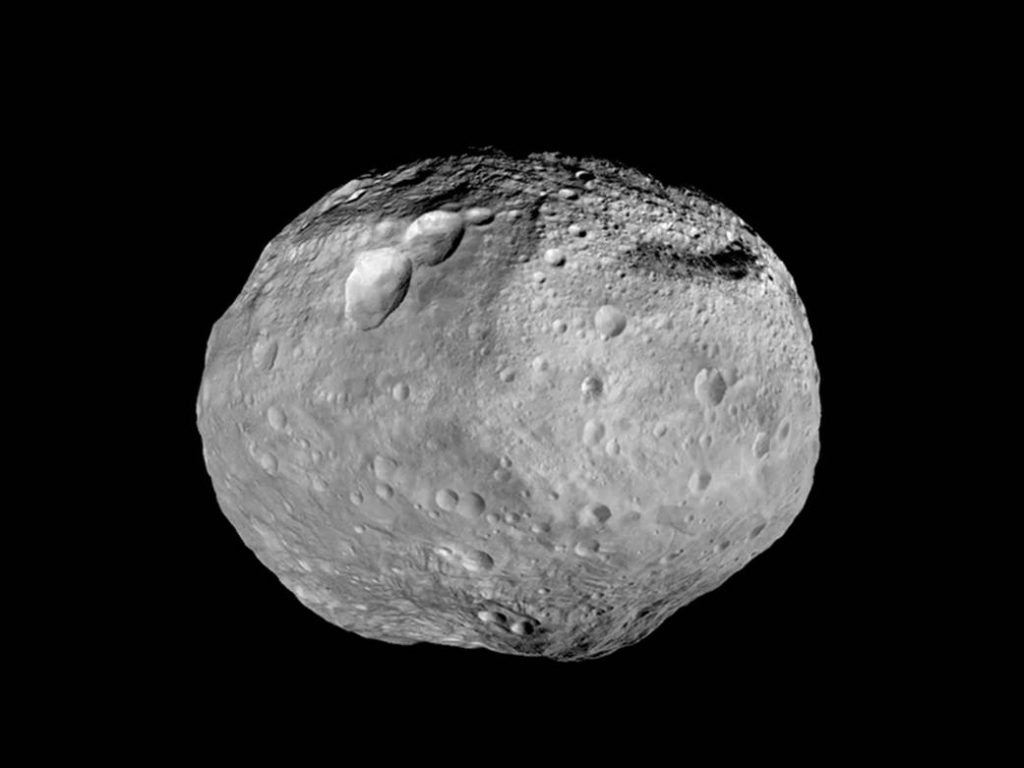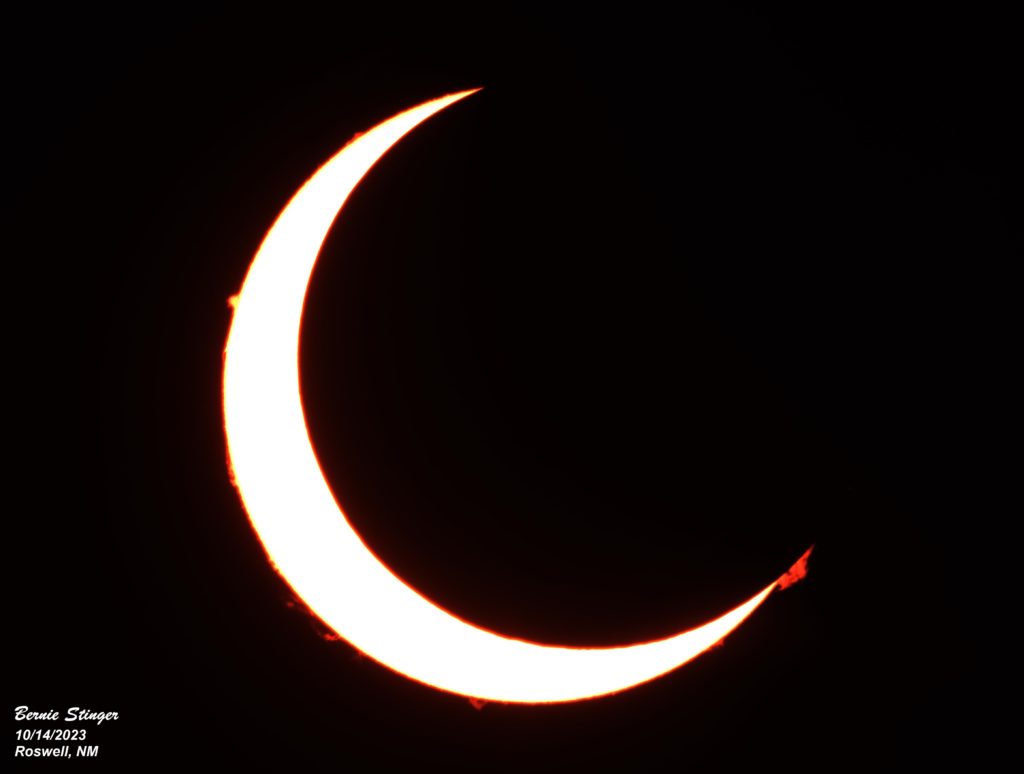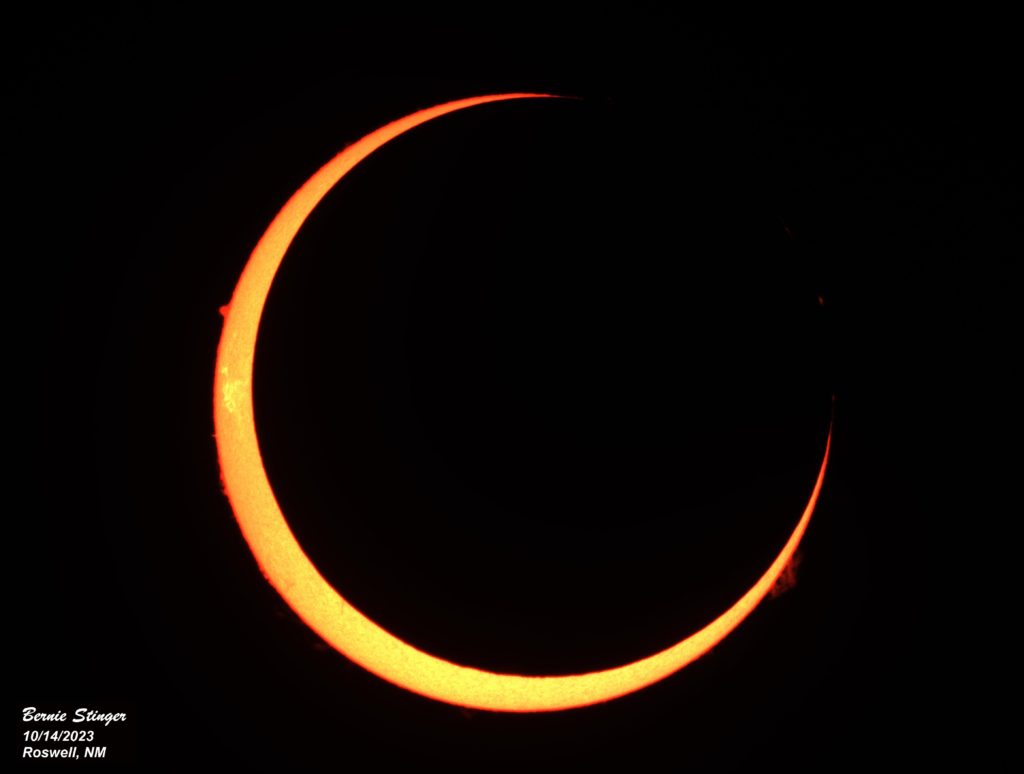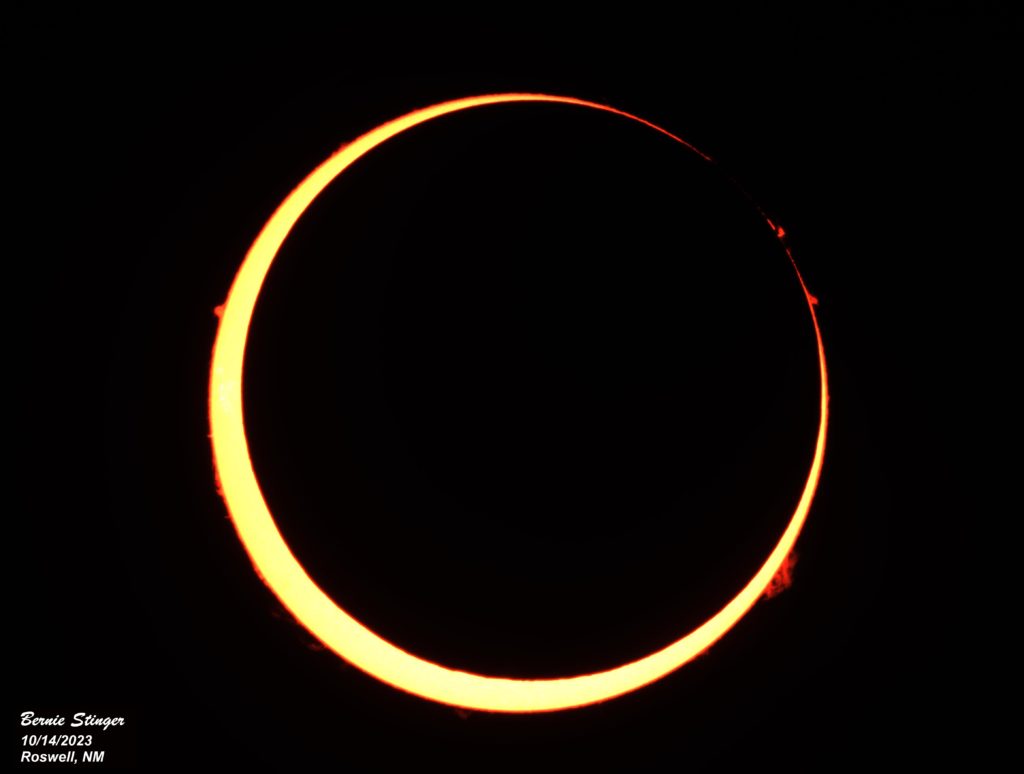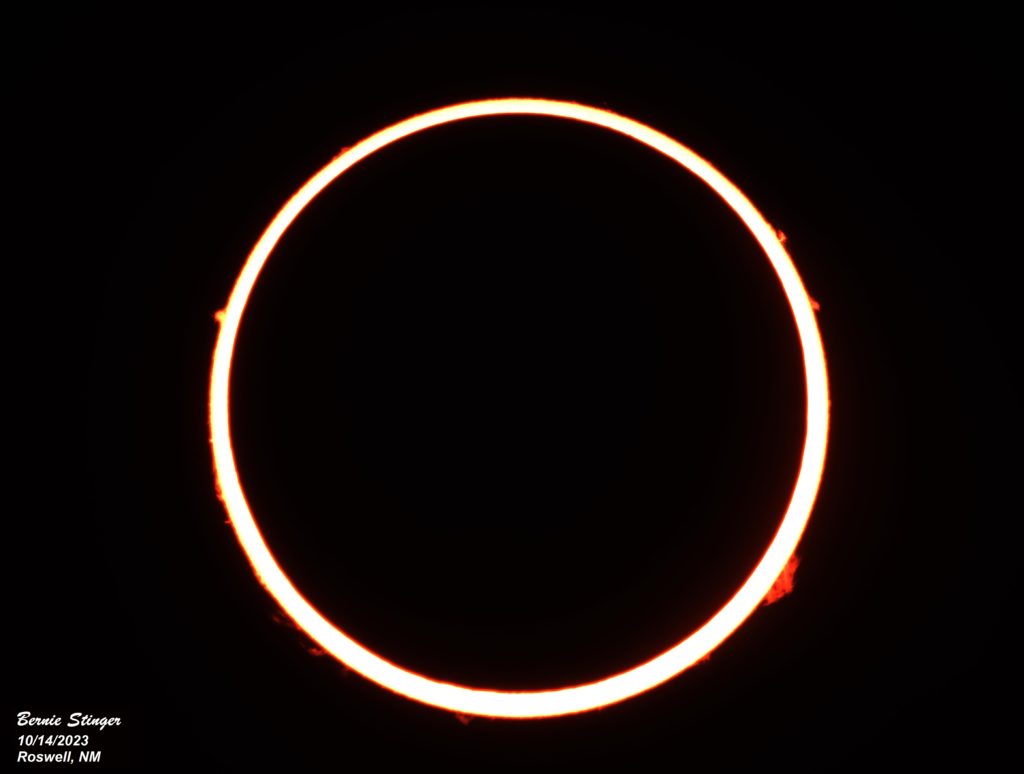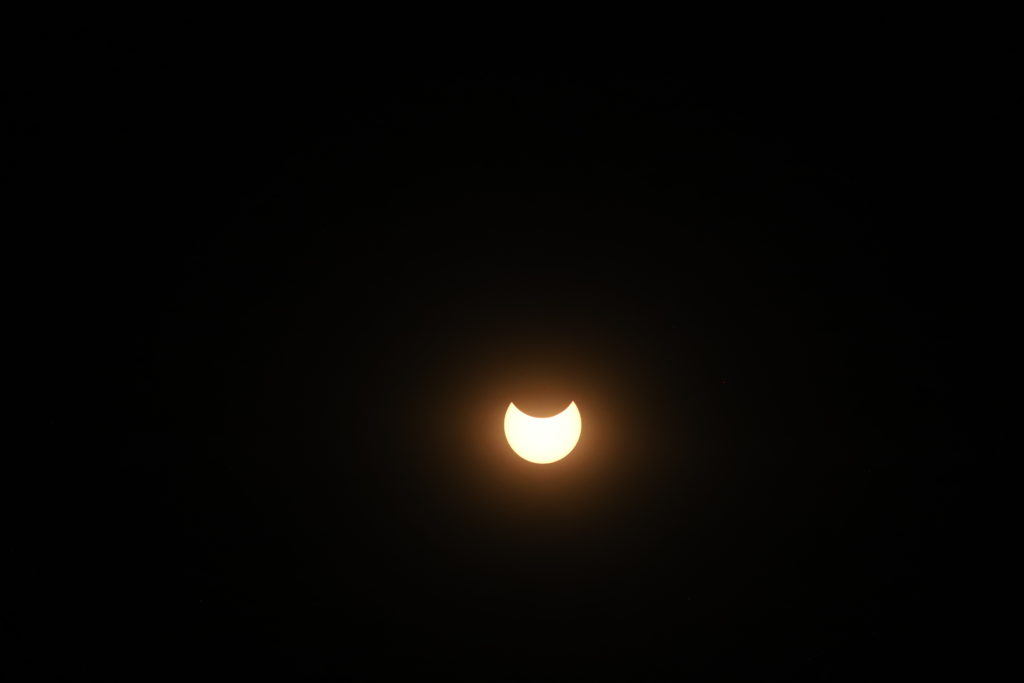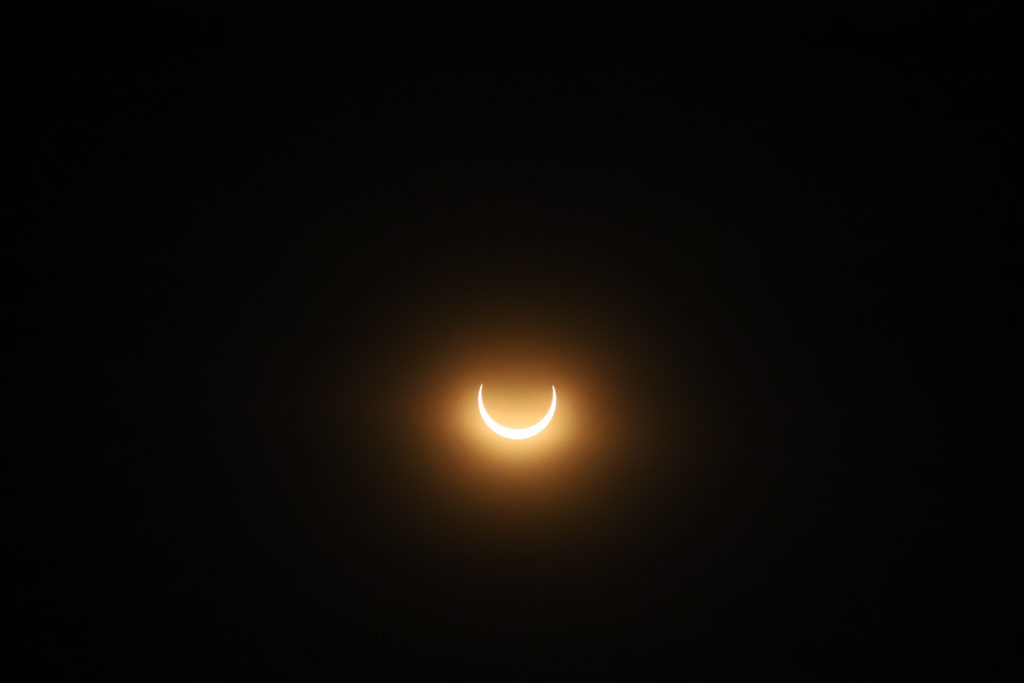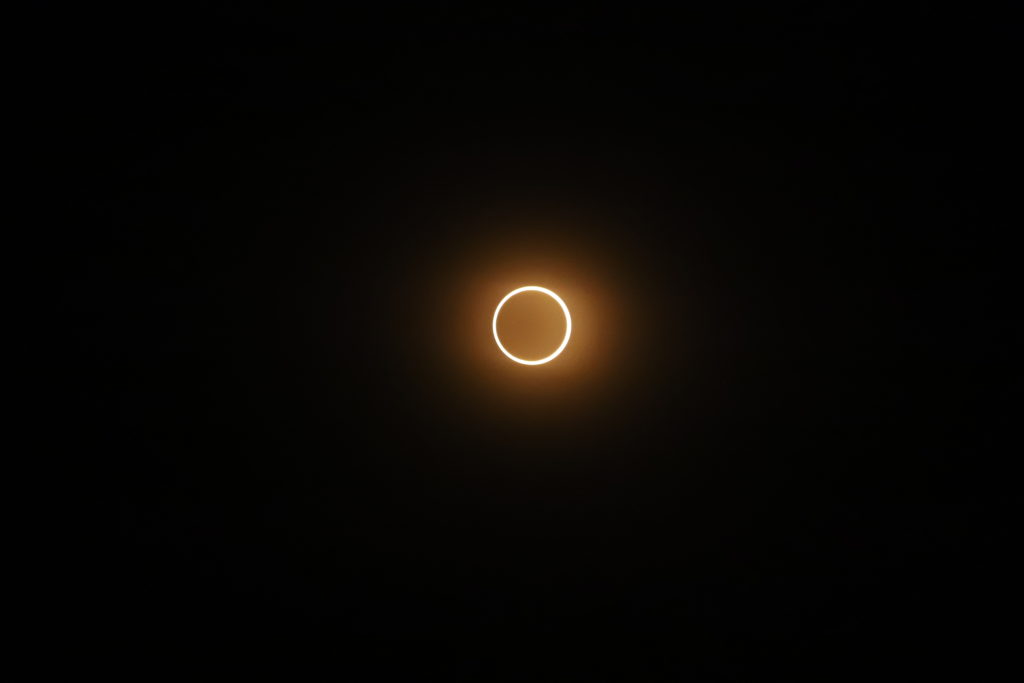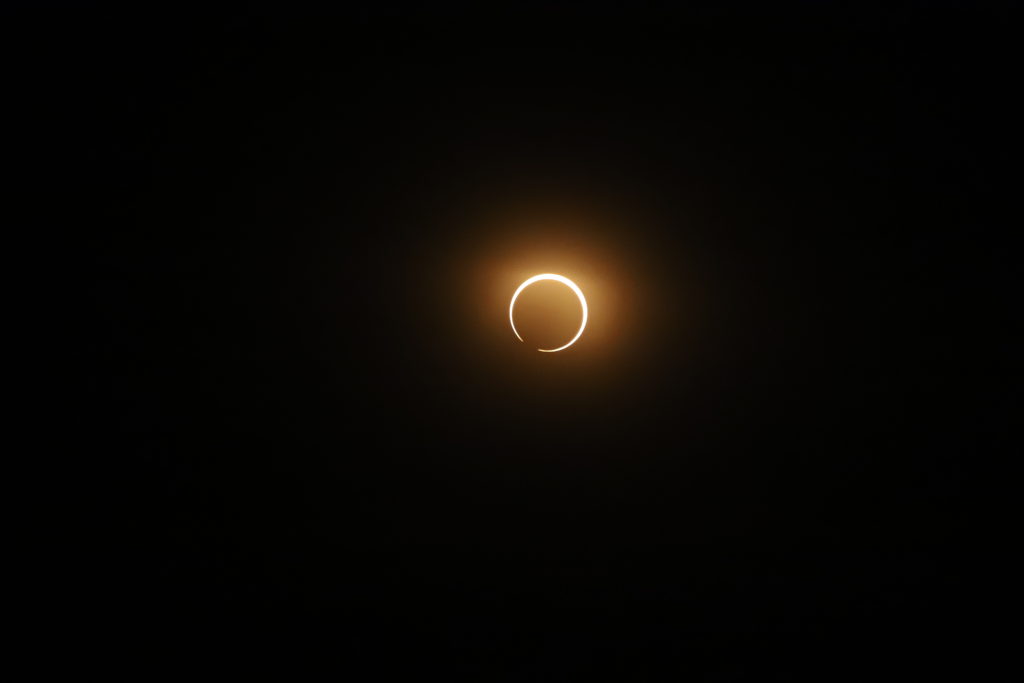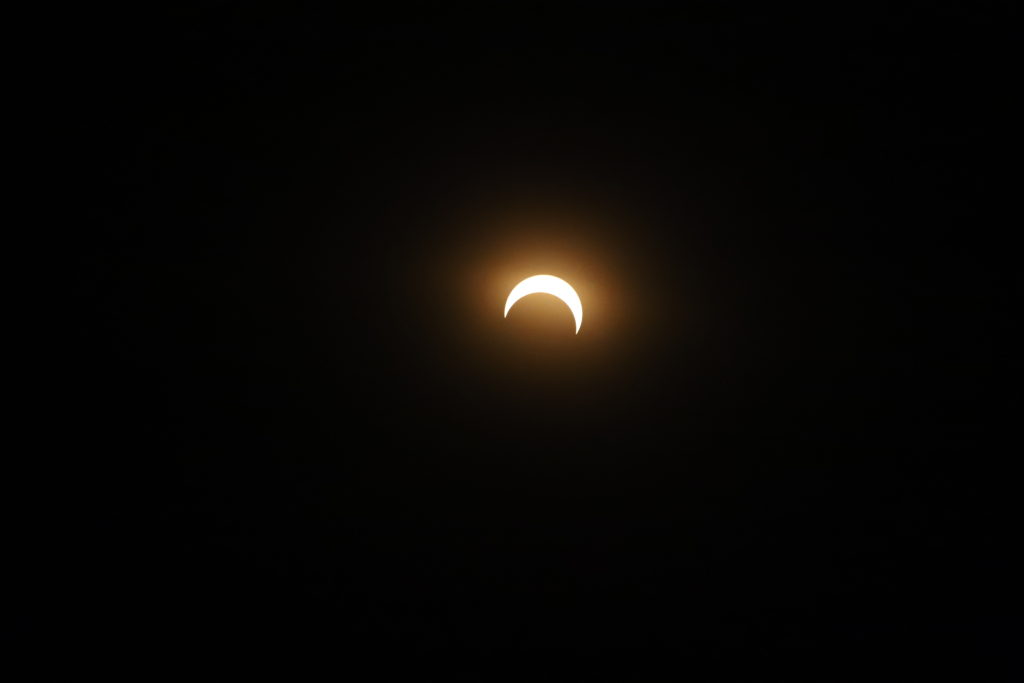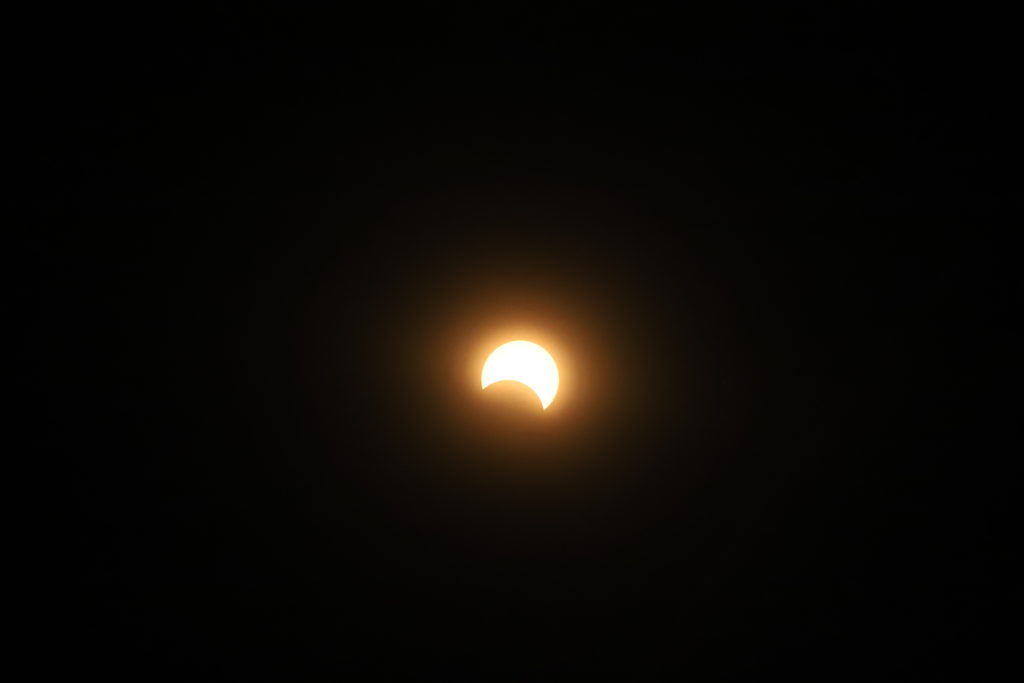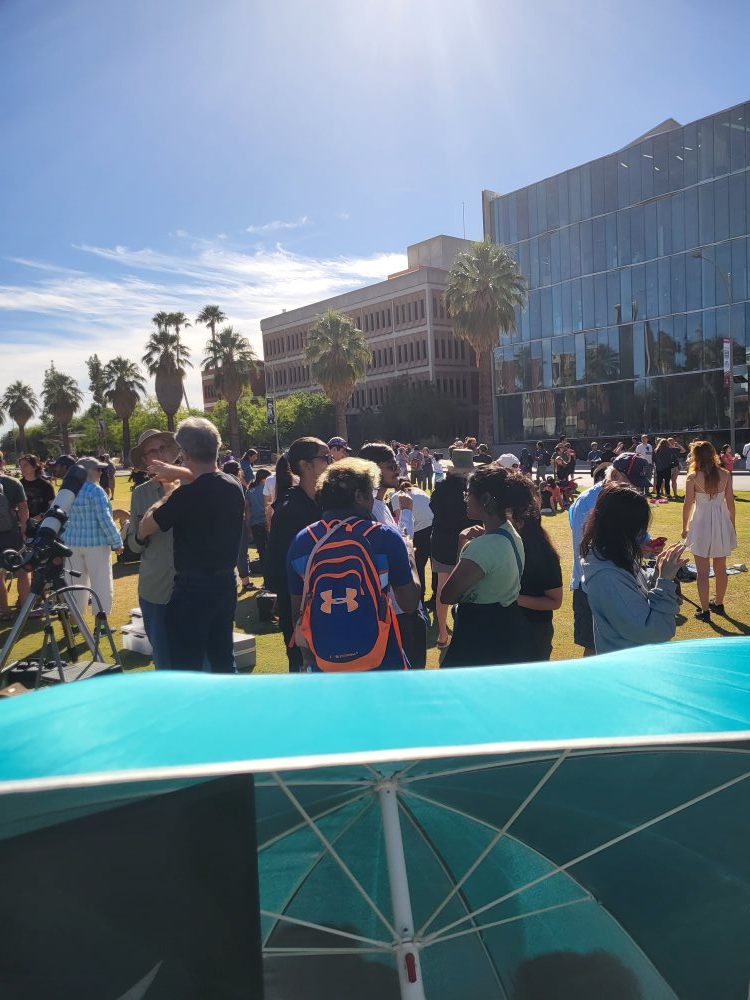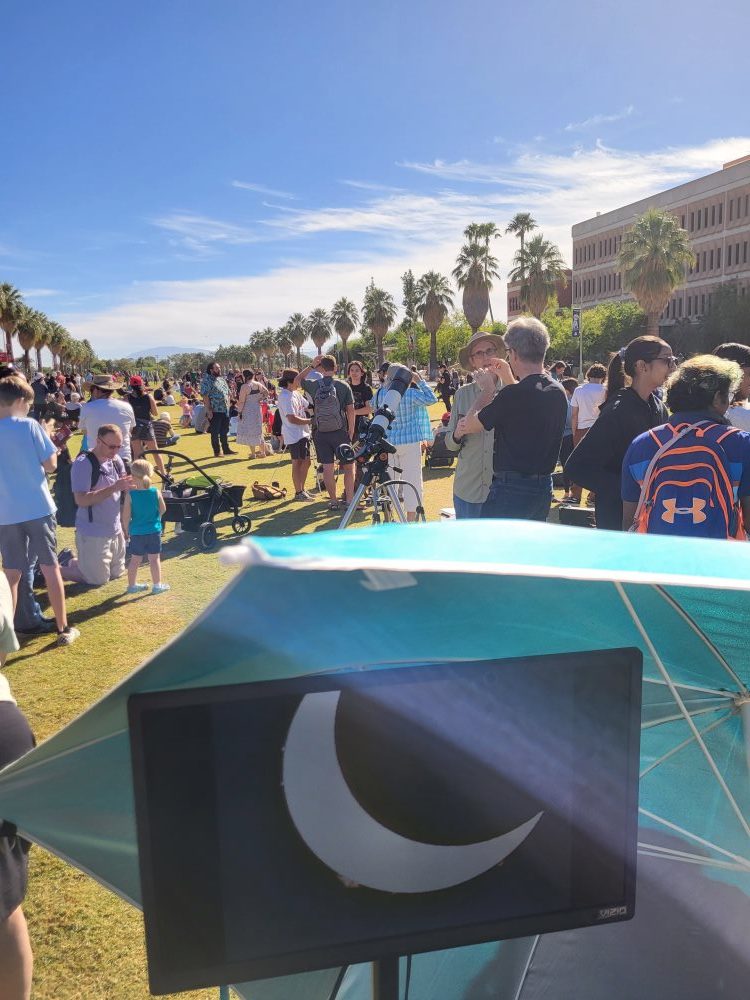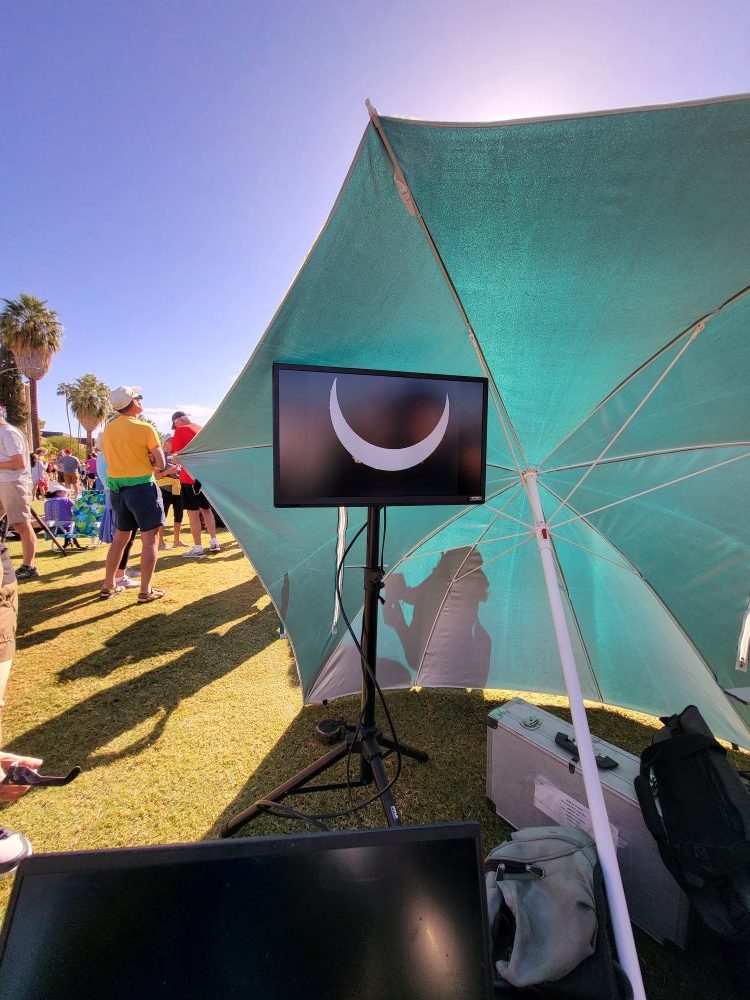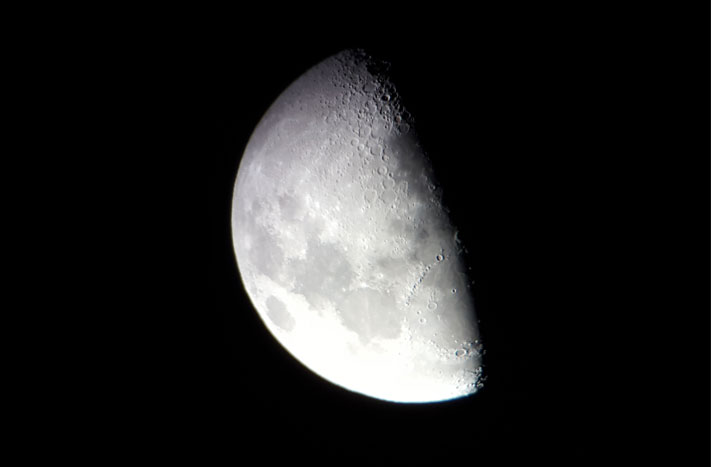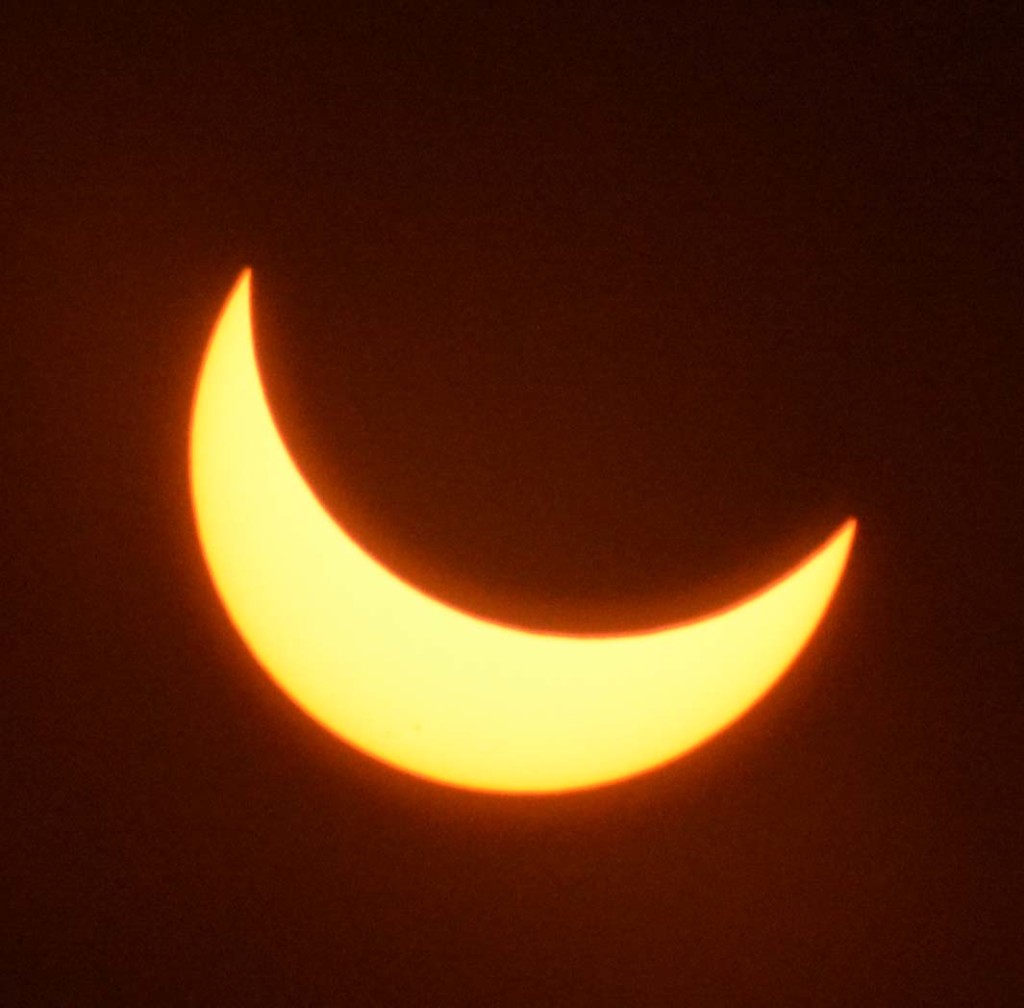by Erich Karkoschka
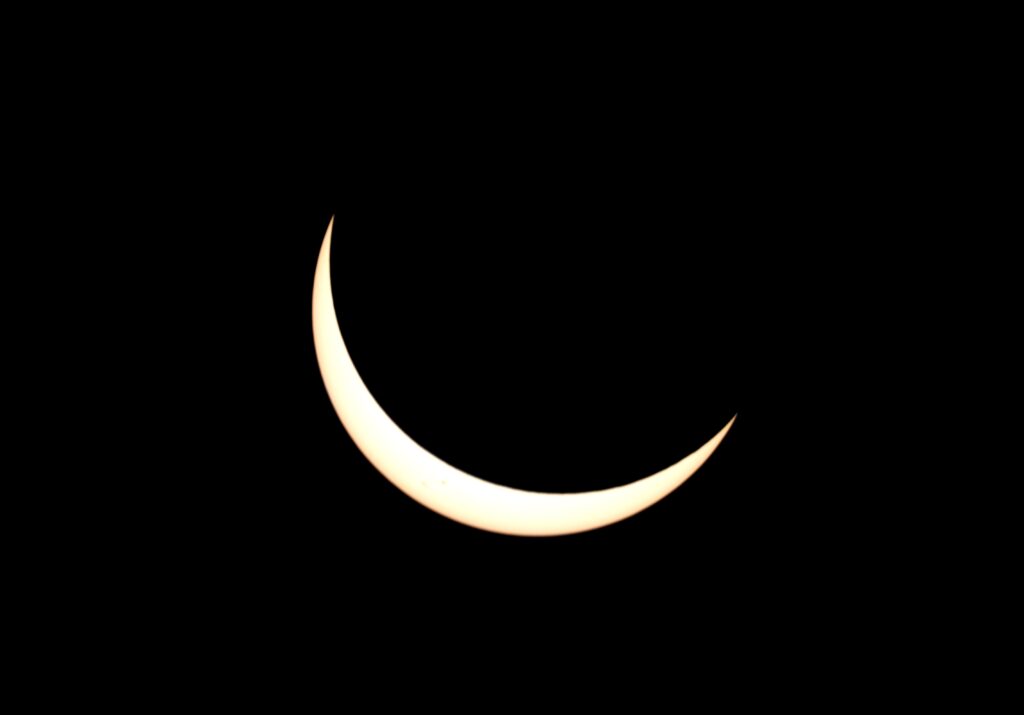
The New Moon on the 8th brings a partial solar eclipse in Tucson during late morning It is total on a path from Mazatlan in Mexico, through Texas, to the Great Lakes. The following day, the thin crescent can be seen just before 8 pm.

Venus rises during the dawn and may be visible naked eye, at least during the first half of the month.

Mars is rising earlier, but it still is not very high when dawn starts.

Jupiter is visible in the west after dusk. By the end of the month it sets at 8 pm, just as it gets dark.

Saturn starts the month just to the lower left of Mars. On the 10th, both planets are only half a degree apart from each other. Both have the same brightness, but not the same color. By the end of the month, Saturn is much higher than Mars, and its rings are quite narrow.

Uranus gets passed by Jupiter on the 20th when they will be only half a degree apart from each other.

Comet 12P/Pons-Brooks is in the vicinity of Jupiter and may be fifth magnitude. It is heading south and is getting really low after mid-month.





